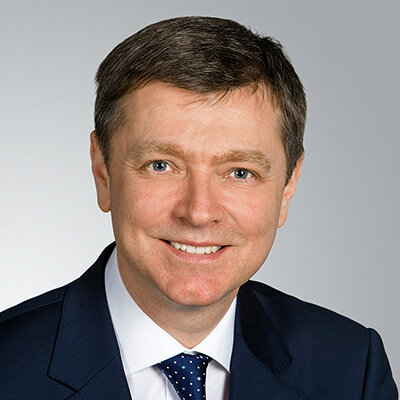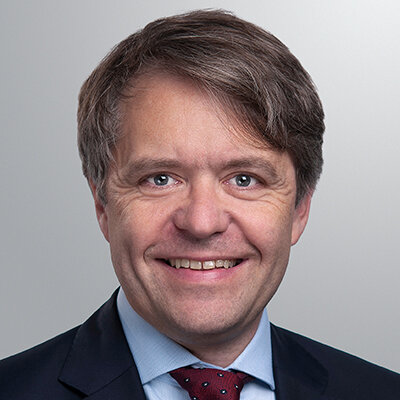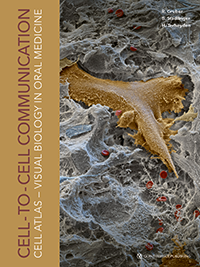Editor
Prof. Dr. nat. techn. Reinhard Gruber
Austria, Wien
Prof Reinhard Gruber holds a PhD in Biotechnology and has worked at the University Clinic of Dentistry at the Medical University of Vienna since 1999. He was Vice Director of the Curriculum for Dentistry and founded the PhD program “Bone and Joint Regeneration.” Prof Gruber was active as a visiting scientist at the Bone Tissue Engineering Center of Carnegie Mellon University in Pittsburgh and at the Dental School of the University of Michigan. From 2012 to 2014, he headed the Oral Cell Biology Laboratory at the Dental Clinics of the University of Bern, to which he is still affiliated. In October 2014, Prof Gruber was appointed Professor of Oral Biology at the Medical University of Vienna. He is a trustee of the Osteology Foundation, a member of the ITI Research Committee, and a scientific advisor to the Austrian Society for Bone and Mineral Metabolism. From 2008 to 2015, Prof Gruber was Editor-in-Chief of the International Journal of Stomatology & Occlusion Medicine and the Journal of Stomatology of the Austrian Society of Dental, Oral and Maxillofacial Medicine. He is currently Associate Editor of Clinical Oral Implants Research and the International Journal of Oral & Maxillofacial Implants, and serves on several editorial boards, including the Journal of Dental Research, Periodontology 2000, and Clinical Oral Investigations. Prof Gruber and his team have published over 250 original articles and reviews in international journals and numerous book chapters in the field of regenerative dentistry.






